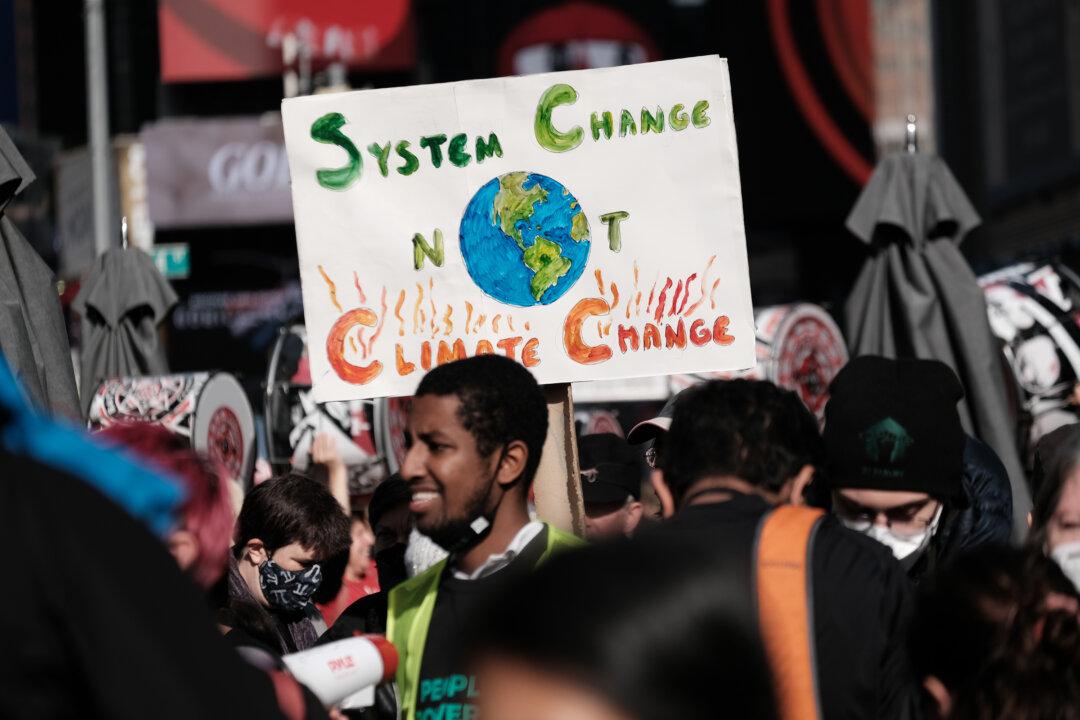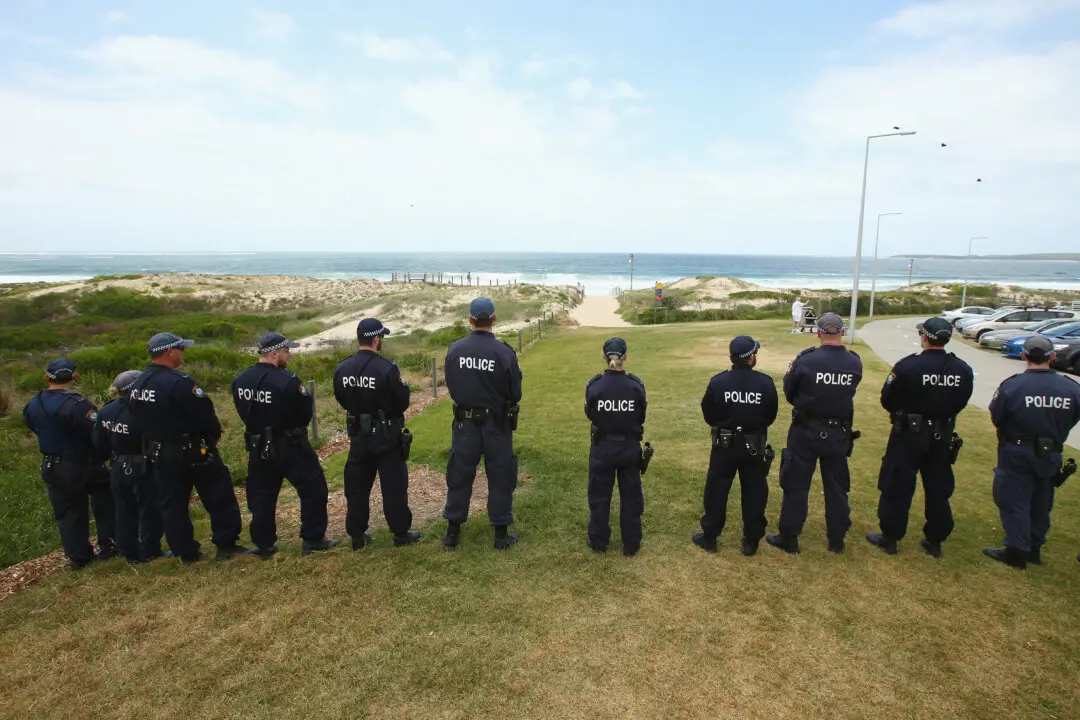A Māori elder and climate change spokesperson for the Iwi Chairs Forum—a group of New Zealand tribal leaders—has won the right to sue some of New Zealand’s largest corporate greenhouse gas emitters.
Mike Smith seeks to establish civil (tort) liability for those emitters’ contributions to climate change, arguing that they have negatively impacted his family’s and tribe’s land, water, and cultural values.





